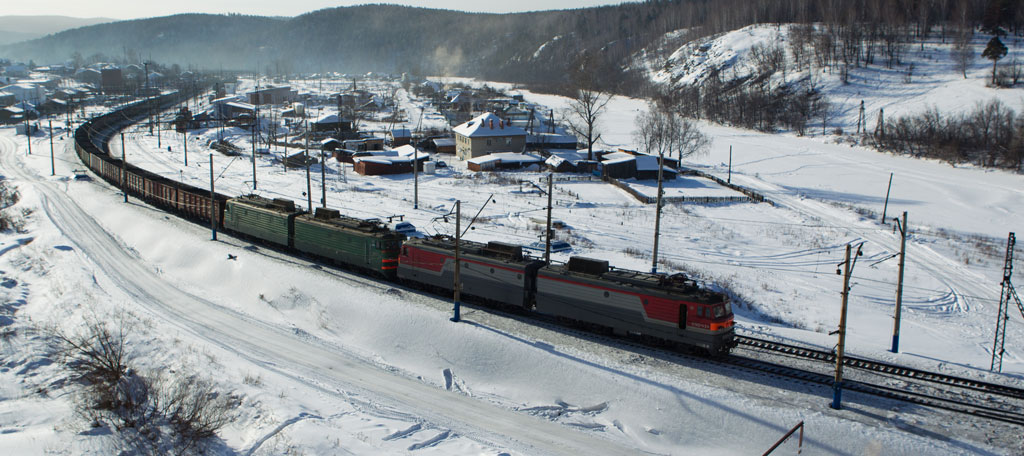Management of working capital
The model for managing working capital adopted by the Company is characterised by negative net working capital and means that the Company utilises its current liabilities as a source of investment activities.
Thus, this policy aims to maximise the order portfolio among suppliers and contractors and create demand for the products of related industries.
Accounts receivable
| Article | 01/01/2016 | 31/12/2016 | +/– vs. start of year | % vs. start of year |
|---|---|---|---|---|
| Commercial (trade) debt of buyers and customers | 16.7 | 13.5 | –3.2 | 81 |
| Prepayments under business contracts | 23.7 | 26.7 | 3.0 | 113 |
| Debt associated with the decisions of the federal and regional authorities, including | 145.7 | 148.1 | 2.4 | 102 |
| Suburban passenger companies | 39.5 | 39.5 | 0.0 | 100 |
| Federal Railway Transportation Agency | 26.2 | 28.6 | 2.4 | 109 |
| Ministry of Health and Social Development | 10.9 | 10.9 | 0.0 | 100 |
| Prepayments under exchange contracts for the Alpika-Service motorway | 69.1 | 69.1 | 0.0 | 100 |
| Overpayment of taxes and fees | 15.1 | 1.2 | –13.9 | 8 |
| Other debtors (including contributions to charter capital) | 18.2 | 17.3 | –0.9 | 95 |
| Total | 219.4 | 206.8 | –12.6 | 94 |
| Including past-due accounts receivable | 1.8 | 1.5 | –0.3 | 83 |
| Share of past-due accounts receivable | 0.8 % | 0.7 % | –0.1 % | 91 |

As of the end of 2016, total accounts receivable amounted to RUB 206.8 bln (a decrease of 6% versus the start of 2016, or RUB 12.6 bln).
Of total accounts receivable:
- commercial debt (short-term outstanding trade debt on sales according to signed contracts) – RUB 13.5 bln.
- prepayments under business (commercial) contracts – RUB 26.7 bln;
- debt associated with the decisions of the federal and regional authorities – RUB 148.1 bln (mainly associated with decisions adopted at the government level):
- debt restructured for 10 years, restored from provisions and the current debt of suburban companies and the FRTA (RUB 68.1 bln);
- debt of the Ministry of Health and Social Development restored from provisions to compensate for expenses on the suburban transportation of federal benefit holders (RUB 10.9 bln);
- long-term debt of the Russian State Property Committee under an exchange contract for the motorway component of the Olympic project Alpika-Service (RUB 69.1 bln), which is to be paid for using state property on the basis of decisions adopted by the executive authorities;
- current overpayment of taxes and debts of other debtors, including transit settlements under agency and commission agreements, penalties, etc. (RUB 18.5 bln);
The amount of past-due debt decreased to RUB 1.5 bln and its share of overall debt amounted to 0.7% (down 0.1% versus 2015).
Accounts payable
The Company’s accounts payable increased by RUB 32.5 bln (or +10%) in 2016 to RUB 374.8 bln.
| Article | Actual 31/12/2015 | Actual 31/12/2016 | +/– vs. start of year | % vs. start of year |
|---|---|---|---|---|
| Debt to suppliers and contractors | 182.0 | 196.0 | 14.0 | 108 |
| for investment activities | 98.4 | 119.0 | 20.6 | 121 |
| for operating activities | 83.6 | 77.1 | –6.5 | 92 |
| Debt to personnel on wages and transactions with accountable persons | 14.1 | 15.5 | 1.4 | 110 |
| Debt for social insurance and security | 9.2 | 9.3 | 0.2 | 102 |
| Debt to budget for taxes and fees | 17.8 | 20.5 | 2.7 | 115 |
| Prepayments received, including: | 104.9 | 117.7 | 12.8 | 112 |
| for shipments | 83.7 | 91.4 | 7.7 | 109 |
| other prepayments | 21.2 | 26.3 | 5.1 | 124 |
| Other debt | 14.2 | 15.7 | 1.4 | 110 |
| TOTAL accounts payable | 342.3 | 374.8 | 32.5 | 110 |
| Indicator | 2015 | 2016 | +/– vs. 2015 | +/– vs. 2015, % |
|---|---|---|---|---|
| Turnover period | 40.8 | 42.9 | 2.1 | 105 |
| for operating activities | 33.4 | 30.9 | –2.5 | 93 |
| for investment activities | 53.4 | 66.9 | 13.5 | 125 |
Accounts payable to suppliers and contractors totalled RUB 196.0 bln as of the end of 2016, including RUB 119.0 bln for investment activities and RUB 77.1 bln for current activities.
The turnover period for accounts payable to suppliers and contractors under all contracts was 43 days for the Company as a whole in 2016. As regards settlements under contracts for investment activities, the turnover period increased by 14 days compared with 2015, which is above all due to the seasonal nature and reflection of the bulk of capital expenditures in the fourth quarter of 2016.
Past-due accounts payable to suppliers and contractors make up 0.5% of total debt.